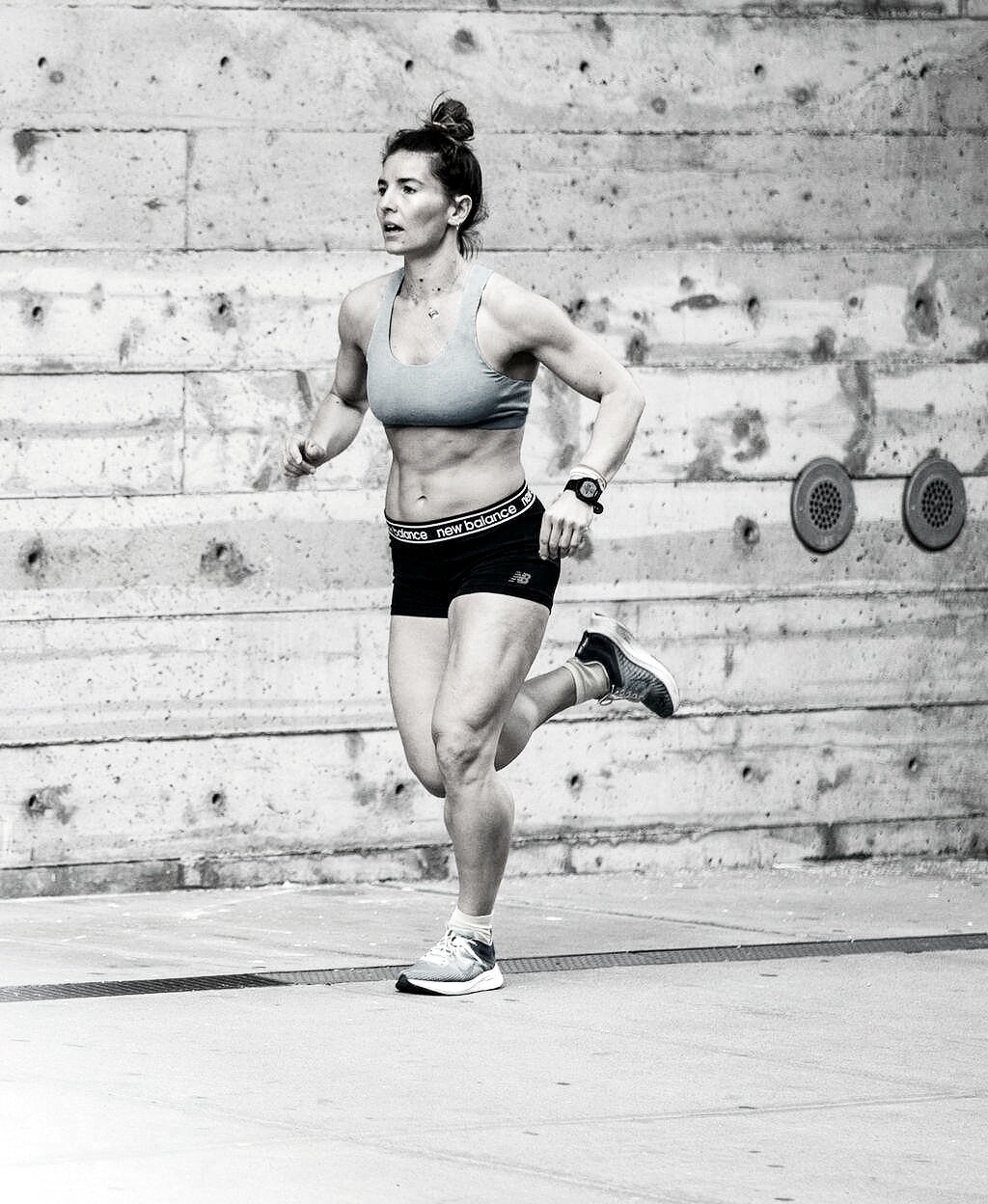BY WENDY WINN, PT & OCS.
“There exists no conclusive scientific or medical evidence that long-distance running is contraindicated for the healthy, trained female athlete. The ACSM recommends that females be allowed to compete at the national and international level in the same distances in which their male counterparts compete.”
– 1980 ACSM Position Statement on women’s distance running.
Thanks, ACSM! Marathons were a part of the first international Olympics in 1896, but it would be almost 100 years before women were allowed to compete. Before 1984, there was no women’s marathon category in the Olympics. 1982 was the first track and field NCAA Championships for women. Since the 1980s, it’s astounding how far women’s distance running has come. Joan Benoit Samuelson, for example, won the Olympic marathon in 1984 and still races today at the age of 62. She also won the 1979 Boston Marathon with a 2:35:15 and set the women’s record in Boston with a 2:22:43 in 1983. We are still in the first generation of women’s distance runners, which seems almost surreal!
Prior to the 1970s, women were simply considered too dainty and fragile for distance running. In 1896, the modern Olympics were invented, but no women were allowed to compete. In 1900, women were allowed to participate in some Olympic sports (sailing, golf, tennis, croquet), but not running. In 1928, women were allowed to run 100 and 800-meter races, and there were collapses after the 800 meters. I see that as them going all out (nice work, ladies!), but the IOC didn’t agree, and the decision was immediately reversed.
After the 1928 IOC decision, women-only ran the 100-meter race. In 1948, a 200-meter race was added, and in 1964 a 400 meter. The 800 was resumed in 1960, and the 1500 meter distance didn’t come on board until 1972.
Around that same time, women were breaking the marathon mold in the US. In the UK, the first woman to be recorded to run the marathon distance was Violet Percy in 1926. In 1966, Bobbi (Roberta) Gibb bandied the Boston Marathon. Kathrine Switzer famously registered and ran the Boston Marathon under “KV Switzer” in 1967. In 1972, women were allowed entrance to the Boston and New York Marathons. The NYC women were mandated to start ten minutes ahead of the men, and when the gun went off, they sat down in protest.
Since then, women have continued to push the boundaries of performance! In 1979, Grete Waitz became the first woman to run a sub-2:30 marathon, winning her second New York City Marathon in 2:27:33. That record was then whittled down in the next decade with performances by Joan Benoit, Ingrid Kristiansen, Tegla Loroupe, Naoko Takahashi, Catherine Ndereba, and Paula Radcliffe, who held the women’s record until this year of 2:15:25. It was, of course, recently reset in Chicago by Brigit Kosgei, with a 2:14:04.
It’s astonishing to think how far women’s distance running has come in the past forty years! I’m so grateful to the pioneering women of running who never gave up the fight for the right to run. Without them, my life and the lives of many others would be completely different!

